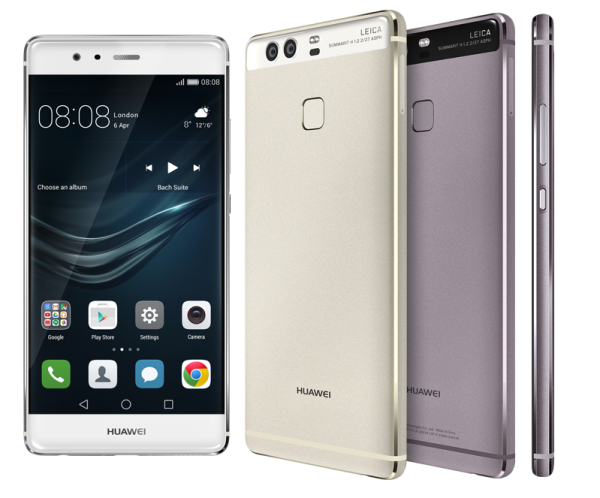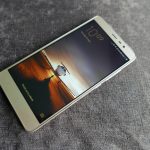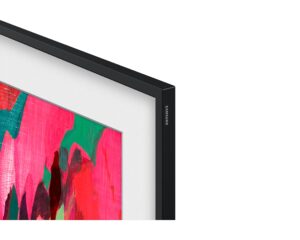
The Huawei P9, the very first smartphone to have a Leica lens in its slim body, has been creating waves lately.
Some positive, in the sense that it brings the promise of great image quality from the German lens maker to everyday photography. Some negative too, with doubters questioning if Leica had simply lent the use of its brand to a Chinese phone maker.
Is that a hint of snobbery? Well, yes. Should you question the quality of a product even though it comes from a company with great track record? Yes, again.
Ultimately, the image quality matters the most. On this, I’m convinced the P9 is a big step up from current smartphone cameras. In fact, I even managed to fool some friends into thinking pictures taken on the new Huawei gizmo were shot on a DSLR camera.

At the heart of things is Leica’s dual Summarit 27mm-equivalent f2.2 lens, which is matched with both monochrome and colour sensors.
This dual sensor arrangement is quite different from competitors as it is designed to pick up as much image detail as possible with the monochrome sensor and colour information from the colour sensor.


With the increase in image data from the two sensors, the phone is able to create a much more detailed and accurate depiction of a scene.
It may sound a little gimmicky but from my extensive photo tests, the colour images from the phone are excellent for both day and night shots. They even tricked my Facebook friends into thinking that the shots were from my DSLR or mirrorless cameras.




The monochrome images too are exquisite in terms of detail, contrast and dynamic range – something unheard of in smartphone cameras. The P9 is certainly perfect for street photography or for those who have a passion for black and white photography.




When it comes to controls, the Leica-font inspired user interface comes with the normal automatic mode, though swiping upwards from the bottom of the screen brings up the Professional Mode.
As you would expect from a full manual camera, there are settings for ISO, shutter speed, exposure value compensation, focusing mode and white balance.
I was so confident of the image quality from the P9 that I took it out to do a cosplay shoot. The result was beyond expectations.





If you are into portraiture, the Wide Aperture Effect mode provides that shallow depth of field look that only lenses with f2.8 and wider aperture can provide.
The bonus is that you can select the point of focus as well after the shot is taken. I have seen the same feature in other phones before but Huawei’s P9 maintains the image quality while doing so. It is a feat worth mentioning here.
The P9 is also one of the first phones to provide RAW file format for images, a feature that serious photographers who are into post-editing would welcome. I used the Snapseed app to “develop” the RAW images into JPEG prior to more enhancement.
I also welcome the fact that the P9 saves the RAW images as .DNG (called Digital Negative) files and it is non-proprietary. That means all post editing software should be able to access the files without fuss.

Not everything is perfect, of course. The phone does run hot while I am happily shooting. Plus, the lack of a duo-tone LED for the front facing camera makes it tougher to shoot selfies in low light.
Plus, the RAW files couldn’t be saved straight to the microSD card right after capture. I believe image access and write speed can be an issue due to the huge file size.
And while shooting RAW allows a lot of leeway for post-editing, the phone’s Wide Aperture Effect and colour filter are not available in that mode.
You also have to think about storage. If you are shooting a lot of RAW images, the 32GB of storage won’t be enough. You will need a large capacity microSD card to transfer the .DNG files to.
With the microSD card taking up the second SIM card slot, you can’t use two phone lines while overseas. This is one issue that manufacturers, such as Samsung and Huawei, haven’t addressed.


Understandably, much of the attention on the P9 will be towards the Leica lens. However, the phone itself isn’t too shabby.
You get the expected updates for a phone that succeeds the earlier P8. There’s a 5.2-inch Full HD screen and aluminum unibody constructed with sandblasted back.
It is easy to pocket as well, weighing in at 144grams and measuring just 6.95mm thick. The look reminds you of Apple’s iPhone, and that’s a good thing.
The phone is also fast and typically lag-free with the 3GB or 4GB of memory onboard (depending on configuration). Huawei’s own HiSilicon Kirin 955 processor is similar to the Mate 8 but it’s certainly no slouch.
With a 3,000mAh battery, the phone chugs along fine for a day’s usage with LTE enabled. The way the phone is controlled is similar to the Mate 8 using the company’s EMUI interface. If you are used to Xiaomi or Huawei phones, you won’t feel out of place.
What’s new to the P9 is the fingerprint sensor. You get instantaneous access when your place your finger on it, like with the Mate 8. The new phone also uses the new Type C USB port, which is the next standard for phones.
What I’m not so sure about is Huawei’s positioning of its products. The Mate 8, out in Singapore just last month, is meant to be the flagship phone in terms of the latest technology, but now the P9 has the best camera from the company.
Will the P9 able to match up to, say, the iPhone 6 or the Galaxy S7 edge, if Huawei itself still thinks of the Mate 8 as the flagship? It might do better with a clear hero product that packs in the best of what it can muster.
Still, there is no denying the P9 has a great phone to own if you are an avid photographer. It’s a joy to shoot with and even do some quick editing on the go.
As a user of DSLR cameras for work, I’ll say this – the P9 still won’t win an image quality contest outright with DSLRs or mirrorless cameras with great lenses but the phone can hold its own or even beat many compact cameras.
Huawei’s new phone is expected to go on sale in Singapore in end-May, and though prices are not revealed here yet, in Britain the P9 with a 32GB storage capacity is going for £449 (S$868).
If Singapore gets the phone at that price, that’s a fair deal. It would be more affordable than some of the flagship phones out there, which usually cost closer to S$1,000 or more.







Great review and shots from the camera! Any chance of comparing the P9 with the current image champion Samsung S7!
Is it available on Singapore market now?
Nice shots! Seriously. You have a great understanding of composition and I say this as a pro arch photog. Keep it up!
Thank you for your kind words